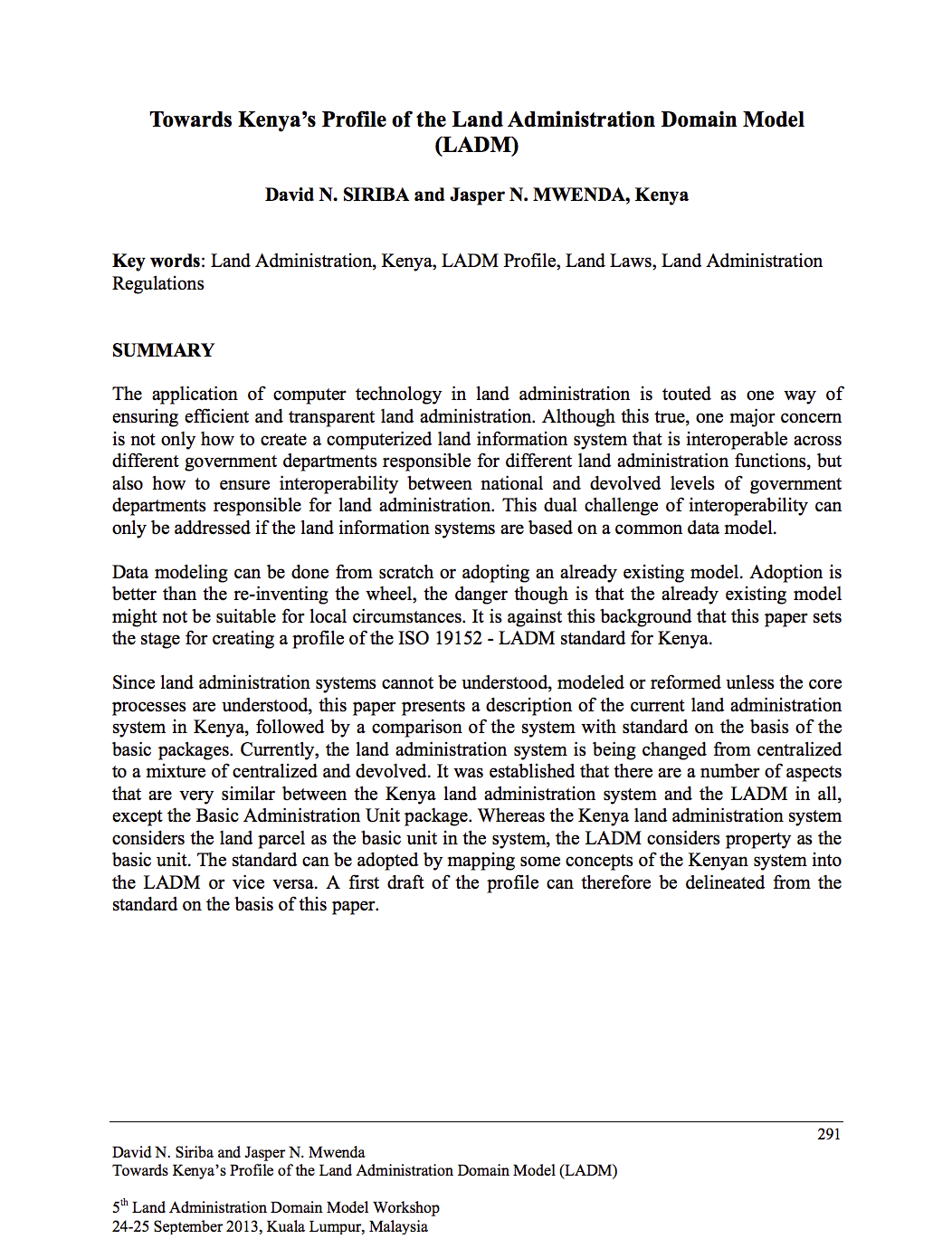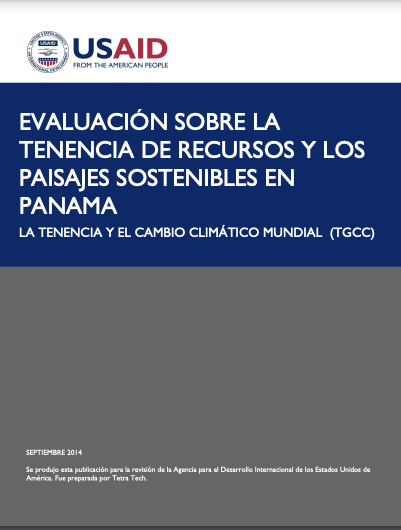Nature & Faune, 28(2)
Keeping its tradition of exploring major emerging issues, Nature & Faune has chosen to dedicate this edition to looking at the implications of rapid urbanization and its implications for urban food and nutrition security, focusing on the specific roles of sustainable management and utilization of natural resources in Africa‘s fast changing urban food and nutrition equation.




